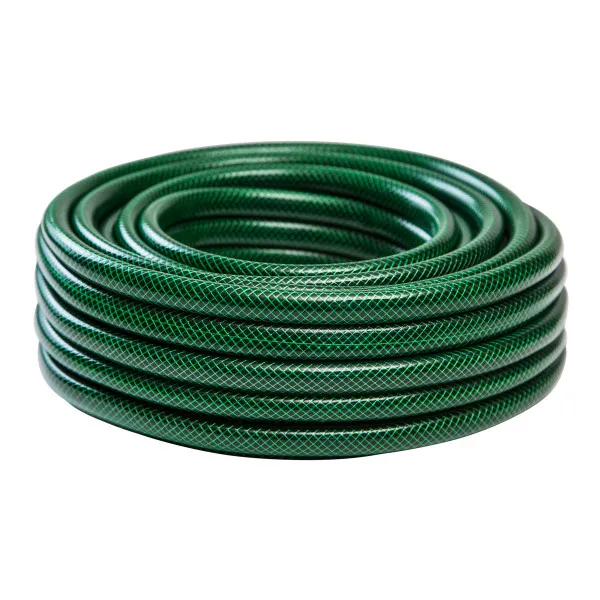difference between tube and hose
Understanding the Difference Between Tubes and Hoses
When discussing fluid transport or conveying materials, the terms tube and hose often come up. While they may seem interchangeable at first glance, they serve distinct purposes and possess unique characteristics that make them suitable for different applications. Understanding the difference between tubes and hoses is crucial for selecting the right product for your specific needs.
Definition and Construction
Firstly, the primary difference lies in their construction. A tube is typically a fixed shape, often circular in cross-section, and is made from materials such as metal, plastic, or rubber. Tubes are designed to transport fluids, but they can also accommodate solids in certain applications. They are manufactured to precise specifications, ensuring a consistent diameter and wall thickness that allows for predictable flow rates and pressure capacities.
On the other hand, a hose is more flexible and is often used for conveying liquids or gases in a variety of environments. Hoses are usually constructed from rubber, plastic, or reinforced materials, allowing them to bend and twist without losing functionality. This flexibility makes hoses ideal for applications where movement is required, such as in automobiles or gardening equipment.
Applications and Use Cases
Tubes and hoses also differ significantly in their applications. Tubes are commonly used in applications requiring precision and durability, such as in hydraulic systems, medical devices, and various industrial equipment. Their rigid structure allows them to maintain a specific flow path, which is essential in these contexts. For example, in hydraulic systems, tubes can minimize the risk of leaks and maintain high-pressure ratings.
difference between tube and hose

Conversely, hoses are often employed in scenarios where flexibility is necessary. For instance, garden hoses allow for easy maneuverability around plants and obstacles, making irrigation tasks more manageable. Additionally, hoses are frequently used in automotive applications, such as fuel and coolant lines, where vibrations and movements necessitate a more flexible solution.
Pressure and Temperature Ratings
Another critical distinction between tubes and hoses lies in their pressure and temperature ratings. Tubes are engineered to withstand higher pressures, making them suitable for high-pressure applications, such as in hydraulic and pneumatic systems. They are designed to maintain their shape and function effectively under these conditions.
Hoses, while versatile, generally have lower pressure ratings than tubes. However, some hoses are designed to handle high-pressure applications, particularly those used in industrial environments. Furthermore, hoses can be more forgiving in terms of temperature variations, offering flexibility in situations where temperature fluctuations are expected.
Conclusion
In summary, while tubes and hoses may appear similar, their differences in construction, applications, pressure tolerance, and flexibility set them apart. Understanding these distinctions is vital for choosing the right product for your needs. Whether you require the precision and durability of a tube or the flexibility and convenience of a hose, making an informed decision ensures that your fluid transport or material handling tasks will be executed effectively.
-
Top Quality Oxy Acetylene Hoses for Sale Fit for Welding DemandsNewsJul.28,2025
-
The Future of Pneumatic Air Tubes in IndustryNewsJul.28,2025
-
Superior and Reliable LPG Hose Pipe Solutions for Every NeedNewsJul.28,2025
-
Exceptionally Durable and Versatile Premium Braided PVC TubingNewsJul.28,2025
-
Best Adapters for Connecting Garden Hose to PVC Pipe ConnectionsNewsJul.28,2025
-
The Essential Role of LPG Hoses in Safe and Efficient Gas DistributionNewsJul.16,2025














